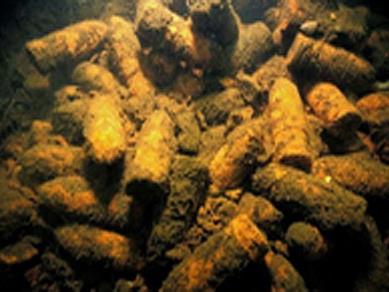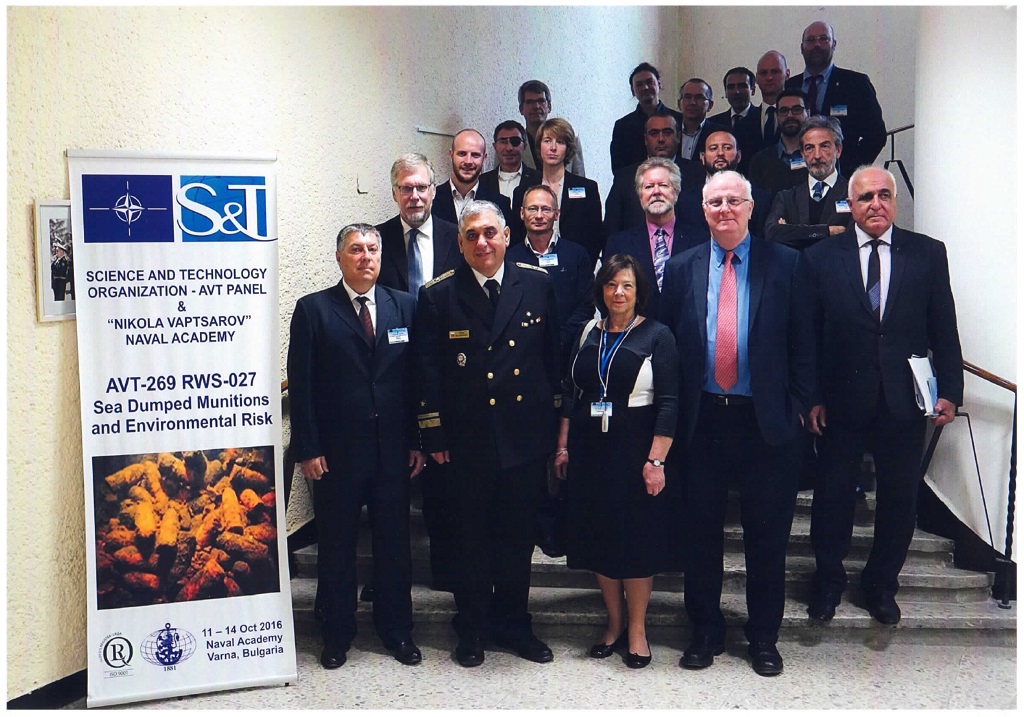|
 |
 |
The Workshop was held on 11-14 October at the Nikola Vaptsarov Naval Academy in Varna on the Bulgarian Black Sea coast. There were over 20 attendees from over 6 countries including representatives of two multinational programmes – both NATO Science for Peace and Security and the European Commission as well as NATO CMRE. The participants were naval officers, scientists from institutions and academics which provided a wide range of experiences and approaches and ensured very animated discussion. The scale of the problem is indicated in the picture below.
It became clear that, as in other cases, information was available but that there was a lack of communication. One major success of the Workshop was to begin some of this communication, and to promote the idea that this must be continued and developed.
With some 12 presentations on a wide range of issues, from toxicity to managing dangerous wrecks and from dealing with assessment and modelling to coping with the unusual conditions of the Baltic or Black Seas, much ground was covered, and discussed – there were over 40 questions and discussion points which will form part of the final report together with most of the presentations to supplement the formal papers and provide NATO with a resource.
The Workshop included two technical visits - to the Institute of Hydrodynamics and the Institute of O ceanography with a visit to the Research vessel and a a demonstration of sampling technology and environmental assessment in Varna Bay including the use of a 3-man submarine. The active discussions produced a list of topics for further work whose development could form the basis of an Exploratory Team which could lead to more than one proposed RTG and even a CDT.
The topics were agreed by the group – unfortunately some had to leave early but have already confirmed interest by e-mail. Such an ET will be proposed to AVT early in 2017.
In conclusion the Workshop was successful; successful in beginning to build a new network and linking existing networks together; successful in providing a snapshot of the problems and of the progress already being made and successful in seeing where new possibilities exist for relevant work to understand gaps and demonstrate solutions.
Prof Adam Cumming |